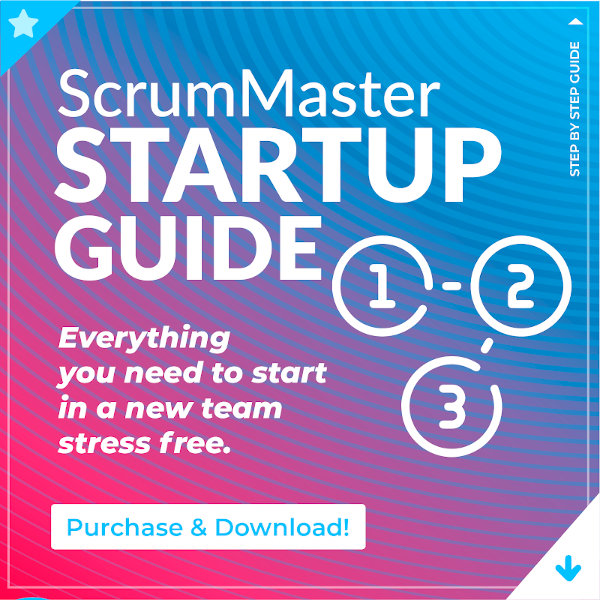I have previously talked about the need to set expectations in my blog and in my videos. However, this time I would like to share some extra thoughts on this subject.
The whole idea really came from the Scrum Master Startup Guide. When I was writing it, I wanted to give Scrum Masters who are just starting out the most comprehensive guide possible. So setting expectations had to be there.
[convertkit form=3423219]
When I was still new to the role, I never really set the expectations with the team teams. I kind of assumed they knew what my role was and what their role was in Scrum.
I learned from my mistakes, and eventually realized how essential this is.
In this new video, I’m sharing a few important points to leverage to properly set the expectations around your role. Watch to learn more.
How setting expectations helped us avoid conflict
One of the teams I worked with had very vague understanding of the Scrum roles. We also had some extra roles that were not making it easy.
We had a Senior Developer, we had a Product Owner, and we had a Scrum Master (me).
However, it seemed like we always were stepping on each others’ toes. Somehow the three roles just merged into each other.
I needed to solve this as it was creating impediments to the team’s progress.
So I wrote down all the different tasks I saw us doing on sticky notes, with special focus on the tasks that seemed to be doubled, and organized a meeting with my counterparts.
I ran a very simple exercise with three columns, one for each role, and my sticky notes on the side.
I was taking each note one by one and asking where it should live. Every note had to be lined up with a single role.
We’ve easily noticed how misaligned we were on our roles. I had to go back to Scrum basics and do some teaching and coaching before we could really proceed.
This story show how important it really is to set the expectations up front.
It might seem redundant, but, believe me, it is better to spend extra 30 minutes talking about it, than waste weeks or months trying to figure it out in practice.
Three components to setting expectations right
Just to recap what I said in the video: setting expectations is NOT a RACI chart.
What Is a RACI Chart?
A RACI chart, also called a RACI matrix, is a type of responsibility assignment document in project management. It is usually represented in a form of a table that lists all the key roles or people on a project and their level of involvement into different tasks that need to happen. The letters R, A, C, and I are used where R stands for Responsible, A for Accountable, C for Consulted, and I for Informed.
Seems like a good way to set expectations. However, I would not recommend using it.
Unfortunately, RACI charts often tend to become convoluted and complex, going in too many details. The lists keep growing as more specific tasks appear, so at some point it becomes so long that no one really uses it anyway.
Setting expectations practice on the other hand is about highlighting accountabilities and creating working agreements. Here are the three key topics to discuss:
- Explain how you see your role in the team and the organization, what you would want to achieve, what goals you are setting for your role.
- Then discuss what you would expect from others when working with you.
- And lastly ask what others expect from you and how you can help them.
These simple steps can help you set the foundation for your long-term success as you start working with a new team.
Need guidance on setting expectations and more?
Check the Scrum Master Startup Guide – the ultimate guide to the role of a Scrum Master. What to do one day 1? On day 90? How to set expectations? How to talk to your manager? How to assess your team’s maturity? The most comprehensive and practical guide there is!




